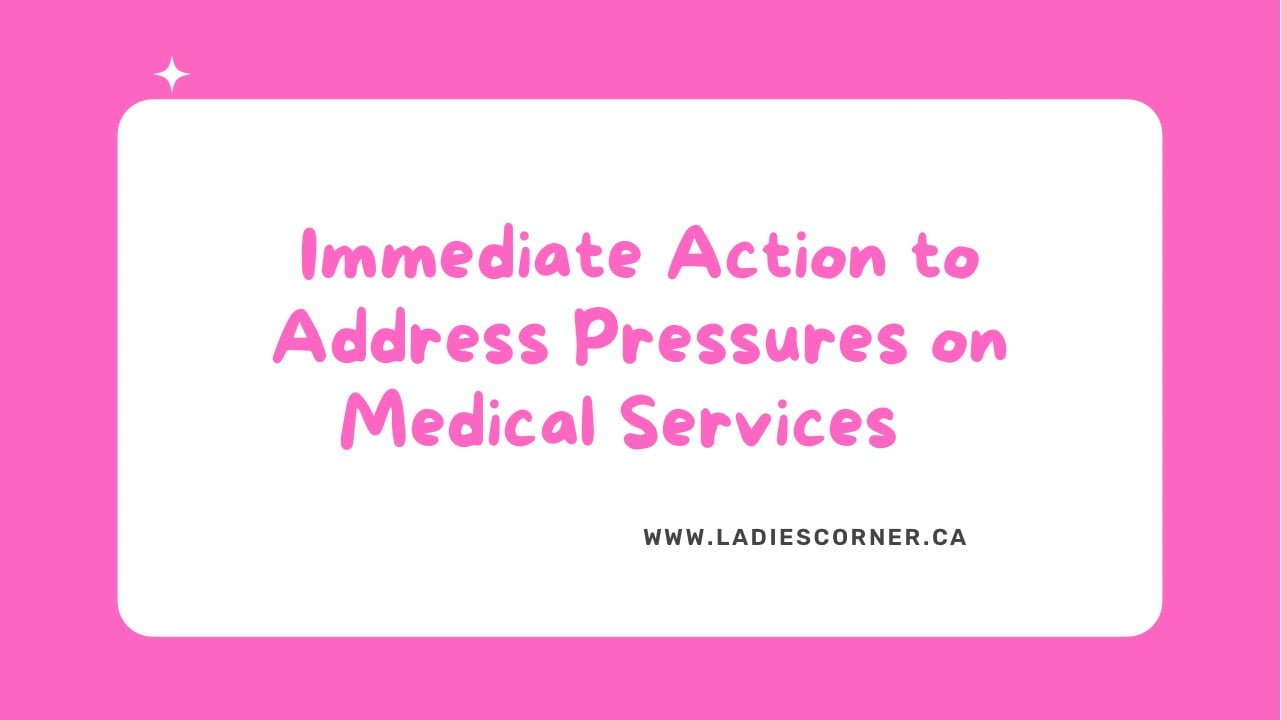
Immediate Action to Address Emergency Pressures on Medical Services
Alberta News
Addressing emergency medical services pressures
In response to the growing demand for EMS services across Alberta, the government is launching a provincial emergency medical services advisory committee to provide immediate and long-term recommendations to inform a new provincial EMS service plan. Meanwhile, Alberta Health Services (AHS) is immediately rolling out a 10-point plan to add capacity to EMS quickly.
Co-chaired by R.J. Sigurdson, MLA for Highwood, and Tracy Allard, MLA for Grande Prairie, the committee will provide recommendations to the Health Minister by May. Strategies that can be tested or more broadly implemented in the short term will be actioned in the meantime.
Alberta EMS provincial advisory committee
The committee will include contracted ambulance operators, unions representing paramedics, municipal representatives and Indigenous community representatives. Members will collaborate, identify concerns, provide advice and inform a new provincial EMS service plan.
Alberta Health Services’ 10-point plan
AHS works with EMS staff and community and service delivery partners to ensure the most critical patients receive immediate care while maximizing existing EMS system capacity.
Five actions are already underway:
- Hiring more paramedics.
- Launching pilot projects to manage non-emergency inter-facility transfers.
- Initiating an ‘hours of work’ project to help ease staff fatigue.
- Transferring low-priority calls to other agencies in consultation with EMS physicians.
- Stopping the automatic dispatch of ambulances to motor vehicle collisions that don’t have injuries.
Five additional actions are to come:
- Creating a new integrated operations centre in Calgary, bringing paramedic leads and hospital staff together to improve integration, movement of resources and flow of patients.
- Evaluation by an emergency communications officer to determine if an ambulance from out of the area, though it may be closest to a 911 call, is most appropriate to respond.
- Implementing a pilot project in Red Deer that will manage most patient transfers between facilities with dedicated transfer units, freeing up ambulances to handle emergency calls.
- Allowing ambulances to be pre-empted from assignments, instead of being automatically dispatched when a 911 call is received, ensures more ambulances are available for critical patients.
- Developing a strategic provincial service plan for EMS delivery in the province.
Additionally, the province will request proposals to conduct a third-party review of Alberta’s provincewide EMS dispatch system in February. The objective evaluation by external health system experts will provide further opportunities to address ongoing pressures, improve effectiveness and efficiency through best practices, and provide the best outcomes for Albertans who call 911 during a medical event.
Quick facts
- Over the last several months, EMS has received a 30 percent increase in 911 calls.
- Similar EMS call volumes and challenges are happening across Canada and globally.
- AHS has increased the number of paramedics by more than 200 over the last two years, a nine percent increase.
- The provincial EMS budget is $15 million higher than in 2019.
- In addition to increased 911 calls, EMS pressures include:
- EMS staffing fatigue and illness
- hospital offload delays
- more requests for patient transfers
- delays in receiving new ambulances and specialized vehicle parts caused by global supply issues





